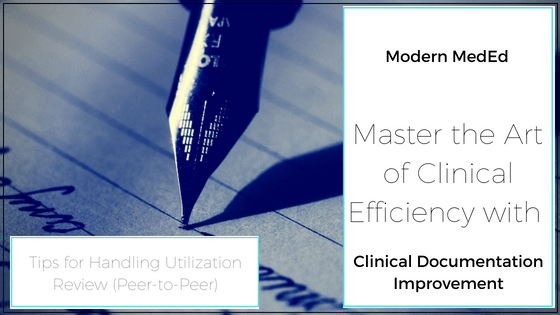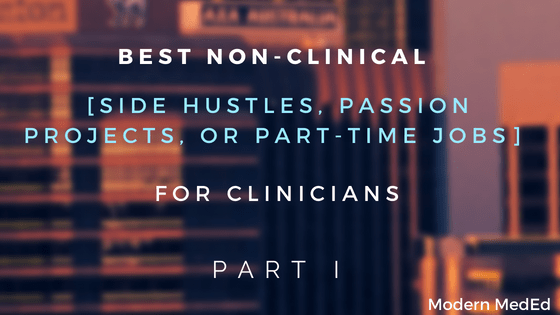by Kimberly Spering, MSN, FNP-BC
What effort does it take to support a patient or family’s wishes? It’s often not merely documenting those wishes, but putting the wheels into motion to do, or to NOT do things.
I received a request from my staff the other day to open a palliative care case – a new patient, on a Friday. Typically, I like my new patients to be earlier in the week, as those visits can last for hours, and, quite frankly, I like to be done at a reasonable hour prior to the start of my weekend, rather than chart until 8 – 9 PM.
“We think she may need hospice support. It’s not urgent, of course,” I was told.
I reviewed the patient’s chart. A nonagenarian at almost 91 years old, she had dementia, which unfortunately worsened after a CVA several years ago. She had been a fully independent, active person until she fell and suffered pelvic fractures almost two months ago. She went to rehabilitation, came home, then was found lethargic with a low SpO2 in the 70s. She returned to the hospital and was diagnosed with bilateral pulmonary emboli. She was started on anti-coagulation, which was quickly stopped due to GI bleeding. An IVC filter was placed. The GI specialists felt she was too frail and declined any invasive evaluation of the bleeding. Our palliative care inpatient team saw her and discussed hospice, but the son was not ready to make that decision.
Due to concerns about her care with the nursing home with her first rehabilitation stay, her son requested that she come home, where she has had 16 hours/day of aide support.
I arrived to find her son on the phone with her PCP’s office. Her hemoglobin had decreased from 11.8 to 10.2 in several days, so the PCP recommended ED evaluation.
Three days ago, however, she had presented to the ED for black, tarry stools (which continued after anti-coagulation was stopped). Her hemoglobin was stable, so she was discharged home.
Her son was irate, because it took hours for an ambulance transport to bring her home (at 1:30 AM), and when she got there, she was full of feces that hadn’t been cleaned up.
So, when the PCP office called today, saying, “take her back to the ED,” he was less than willing to do so.
I spoke with the office staff during that call, telling them I was there to evaluate her, and we would see how she was.
I started the conversation by reviewing her hospital stays, then led this into discussion of their goals of care.
“I don’t want her to go back to the hospital,” he first said. “I want to keep her at home and care for her here.”
After much discussion of hospice support, he admitted that he wasn’t ready for hospice, as he wanted to keep checking her CBC and have her get blood if needed. At the same time, he declined an EGD and colonoscopy, and he really did not want her to go back to the hospital, although he “would if it was needed.”
We discussed her decreased Hgb level, as well as his wishes for further care. Because he wanted the option to return to the hospital, getting blood if needed, she would not be appropriate for hospice anyway.
I gently explained my worries that with a continued slow GI bleed, that she eventually would become hypoxic and more lethargic, but unfortunately, with her current Hgb of 10.2, likely the hospital would NOT transfuse her at this point. In fact, the hospitalist previously documented transfusions only if her Hgb was < 7.5. Going to the ED would not be beneficial today, given that her vitals were stable, she was not SOB, and did not appear toxic.
Her son was relieved after this discussion. He has his own significant health issues, and in fact had an appointment today. We reviewed danger signs – increased dyspnea, lower SpO2, increased lethargy/weakness, increased black stools, etc.
I made another phone call to the PCP office and also messaged the patient’s PCP about the symptoms, evaluation, and son’s preference for repeat labs in a few days. As of this blog, I have not heard back.
What was important was to advocate for the patient and son. Had she seemed toxic or decompensated, given that he wanted labs and blood, I would have reiterated the need for ED evaluation.
Looking at the bigger picture, however, brought up a few points:
- GI did not want to perform invasive testing.
- Her Hgb was stable and not at a level to warrant transfusion.
- The son’s goal is to keep her at home and minimize any invasive testing or hospitalization.
So, can one simply look at a hemoglobin level and recommend ED evaluation?
Really, it’s an individual decision, based on individual factors. Not simply a hemoglobin level. I imagine that the ED staff would roll their eyes having a patient with this hemoglobin roll in, particularly since parameters were clearly set only days ago.
So, once again – it points out that we need to advocate for our patients, explain their diagnoses, treatment options, risks, and benefits. Discussing their goals of care is essential. Do the possibilities of treatment coincide with their goals? Are we simply chasing “numbers,” rather than looking at the whole picture?
I get it, from my palliative perspective, it’s all about quality of life. Function. Comfort. Goals of care.
In this case, however, I think her goals are clear. Minimize hospitalizations if possible, but still check labs and transfuse if needed. There will be more discussions of her goals at my next visit. This is an on-going conversation, not a once-and-done deal.
Think about discussing your patients’ goals of care, whether or not they currently face life-limiting illness. It may only occur during an annual wellness visit. It may occur after a significant health crisis. But please, discuss it. You may be the only person willing to do so.
Wouldn’t we all want the same? Think about it.
Kim Spering has been a nurse for over 25 years and worked as an NP over the past 15 years in Family Medicine, Women’s Health, Internal Medicine, and now Palliative Medicine. She serves as an editorial board member of Clinician 1 and submit blogs to the website, with a goal of highlighting both the clinician and patient experience in health care.
Disclaimer: The viewpoint expressed in this article is the opinion of the author and is not necessarily the viewpoint of the owners or employees at Healthcare Staffing Innovations, LLC.









